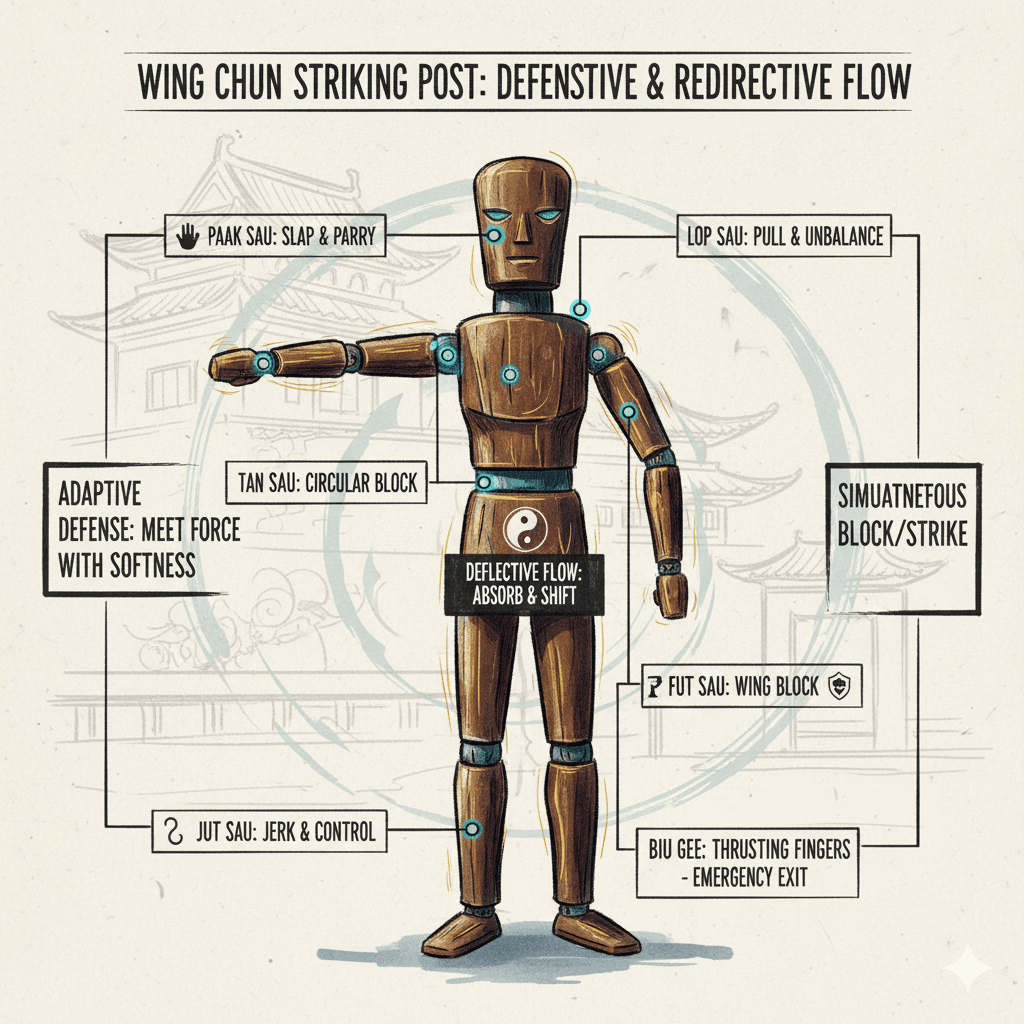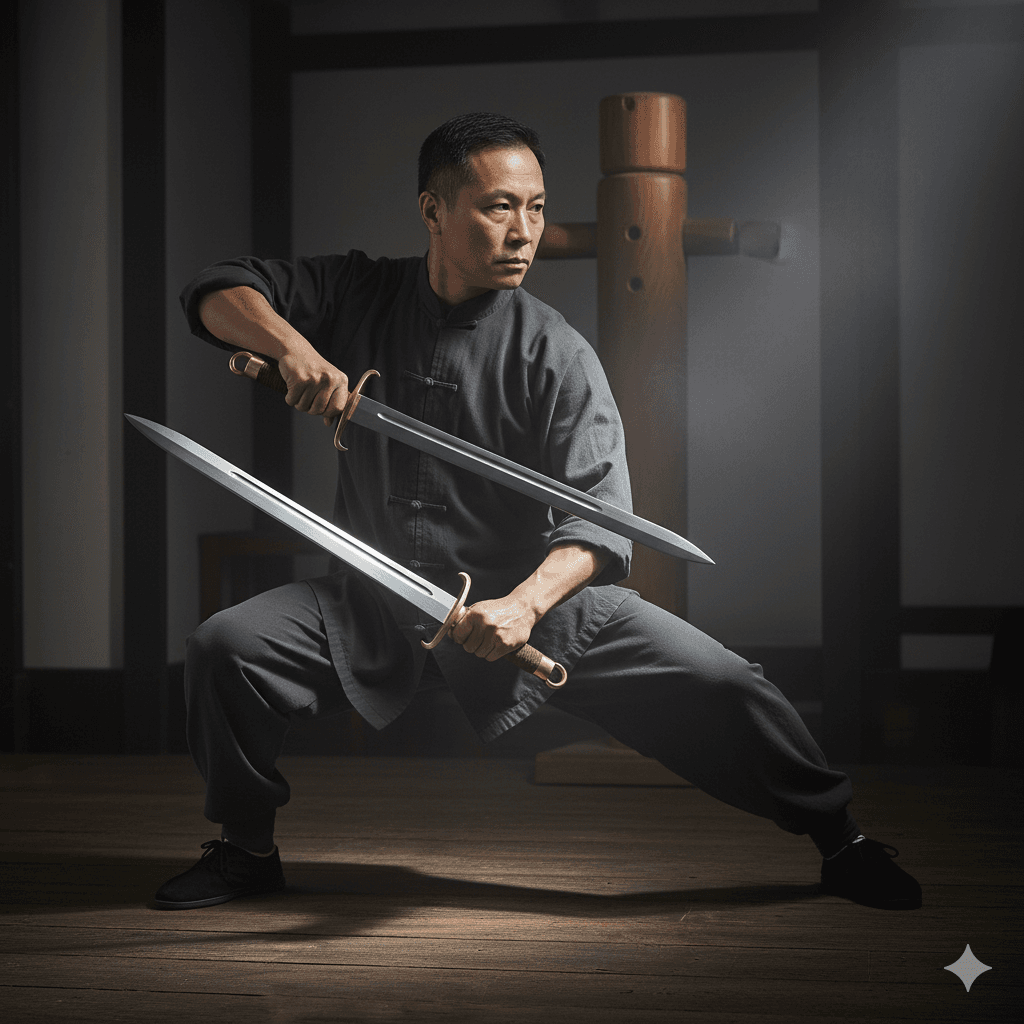Martial arts have long been revered for their structured techniques, discipline, and rules.
However, not all forms adhere to these traditional guidelines.
Rule-free martial arts represent a distinctive segment within the broader realm of combat traditions, characterized by an absence of formal regulations.
These unconventional forms of martial arts prioritize adaptability, raw skill, and instinct over structure techniques and rules.
Historically, rule-free martial arts have roots that trace back to ancient combat practices where survival depends on the effectiveness of one’s skills rather than adherence to rules.
In many indigenous cultures, martial arts emerge as a means of self-defense and warfare, evolving organically without the constraints of formalized rule sets.
These practices shape by the immediate need for practical combat skills that can be employee in real-life confrontations.
The choice to forgo structure guidelines in these combat styles often stems from the desire to cultivate a more realistic and adaptable fighting approach.
Practitioners of rule-free martial arts believe that the unpredictability of real-life encounters necessitates a flexible and unrestricted fighting strategy.
This philosophy underscores the importance of improvisation and the ability to react to an opponent’s moves without the limitations imposed by predefined rules.
By exploring various rule-free martial arts, one gains insight into the diverse ways in which different cultures approach the concept of combat.
These forms challenge conventional perceptions of martial arts by emphasizing the fluid and dynamic nature of human combat.
As we delve deeper into these unconventional combat traditions, we will uncover the unique characteristics and philosophies that set them apart from their rule-bound counterparts.
Vale Tudo: The Brazilian Art of Anything Goes
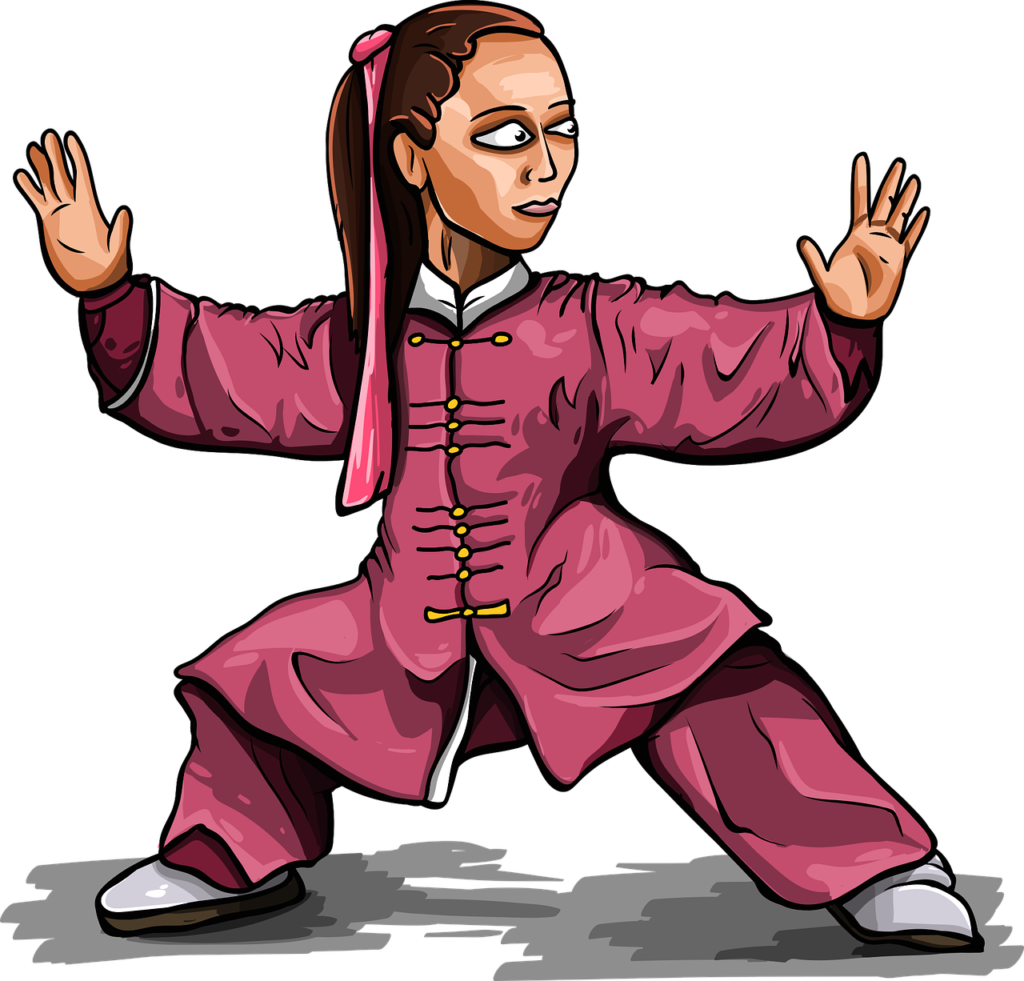
Vale Tudo, directly translating to “anything goes,” is a Brazilian martial art that epitomizes the principle of minimal restriction in combat.
Originating in the early 20th century, Vale Tudo was popular through no-holds-bar matches that captivating audiences with their brutal intensity and diverse fighting styles.
The genesis of Vale Tudo trace back to Brazilian circus performers who stage these raw and unregulate bouts to entertain crowds.
Blending elements of jiu-jitsu, capoeira, and other regional fighting disciplines.
The development of Vale Tudo through the 20th century saw it evolving from informal street fights and circus acts to more organize and regulating competitions.
This martial art gained immense popularity in Brazil, eventually catching the attention of international audiences.
The Gracie family, particularly Helio Gracie, played a pivotal role in promoting Vale Tudo, showcasing its effectiveness through publicize challenges and matches.
These events laid the groundwork for the emergence of modern mix martial arts (MMA), with Vale Tudo being a significant precursor to the UFC and other global MMA organizations.
Training in Vale Tudo encompasses a variety of techniques and strategies, designed to prepare practitioners for the unpredictability of a no-rules environment.
Fighters are trained in strikes, grappling, submissions, and defensive maneuvers, ensuring a well-round combat skill set.
Commonly used techniques include powerful strikes like punches and kicks, as well as grappling moves such as takedowns and joint locks.
The emphasis is on adaptability and resilience, with training often incorporating real-fight scenarios to build practical experience and mental toughness.
Notable practitioners of Vale Tudo include members of the Gracie family, such as Rickson Gracie and Royce Gracie, who have become legendary figures in both Vale Tudo and MMA.
Their contributions have not only highlighted the effectiveness of Vale Tudo techniques but have also influenced the training methodologies of contemporary fighters.
Vale Tudo’s legacy persists in the modern martial arts world, continuing to inspire and shape the evolution of combat sports.
Kumite, an essential aspect of Karate, represents the free-fighting component that allows practitioners to apply their skills in a dynamic and realistic setting.
The term “kumite” translates to “grappling hands,” indicating the close-quarters nature of this combat practice.
In traditional kumite, the rules are more stringent, focusing on control techniques and respect for the opponent.
This form is often practiced in dojo settings where the emphasis is on discipline, precision.
And the demonstration of perfect techniques.
Sport kumite, in contrast, is oriented towards competition and typically involves a stricter set of rules to ensure the safety of participants.
Points are awarded based on the execution of clean, precise strikes, and matches are closely monitored by referees.
The goal here is not only to showcase skill but also to adhere to the standard regulations that govern competitive Karate.
Freestyle kumite, however, ventures into a less restrict and more fluid realm.
This variation allows for a greater expression of individual fighting styles and strategies.
Often incorporating techniques that may not be permitted in traditional or sport kumite.
Freestyle kumite can include a broader range of strikes, grapples, and even joint locks.
Making it a comprehensive test of a practitioner’s adaptability and combat effectiveness.
Training for freestyle kumite usually involves rigorous conditioning.
Sparring with varied partners, and developing a keen sense of timing and distance.
The philosophy behind the more unrestrain forms of kumite is rooted in the idea of real-world applicability.
Practitioners aim to prepare for unpredictable and uncontrolled scenarios.
Emphasizing the importance of mental fortitude and quick reflexes.
Historical examples of freestyle kumite can be traced back to Okinawan Karate masters who trains without the confines of modern sport regulations.
Contemporary practice continues to evolve, with many Karate schools incorporating freestyle elements to preserve the art’s original combative spirit.
In summary, kumite in its various forms offers a multi face approach to Karate training.
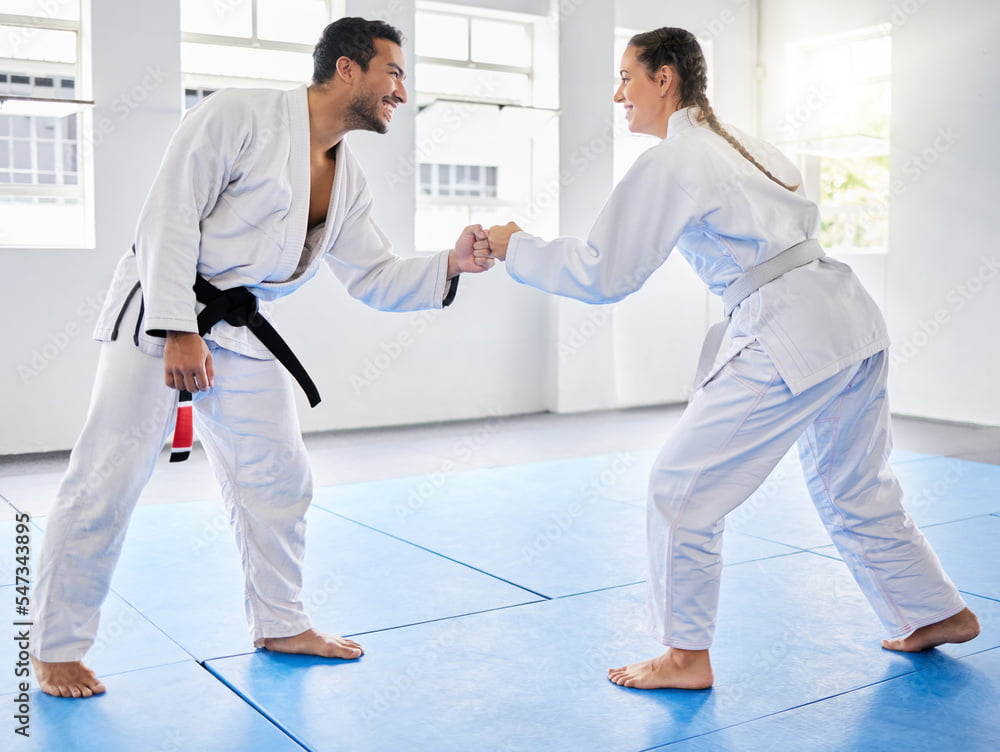
Whether through traditional, sport, or freestyle practices, it provides a platform for martial artists to refine their techniques.
Enhance their strategic thinking, and prepare for the complexities of real-life confrontations.
Combat Sambo: The Brutal Russian Martial Art
Combat Sambo, a martial art developed in the early 20th century by the Soviet military, is renowned for its brutal and comprehensive approach to combat.
Originating from a need for Soviet soldiers to possess effective and practical fighting skills.
Combat Sambo integrates a wide range of techniques drawn from various martial arts.
Including judo, jiu-jitsu, and traditional Russian wrestling.
This fusion results in a versatile combat system that emphasizes adaptability and efficiency in real-world scenarios.
One of the defining characteristics of Combat Sambo is its lack of limitations in combat situations.
Practitioners are trained to employ an extensive array of techniques, encompassing strikes, grappling, and submissions.
The striking component of Combat Sambo includes punches, kicks, elbows, and knee strikes, design to incapacitate opponents swiftly.
Grappling techniques involve throws, takedowns, and joint locks.
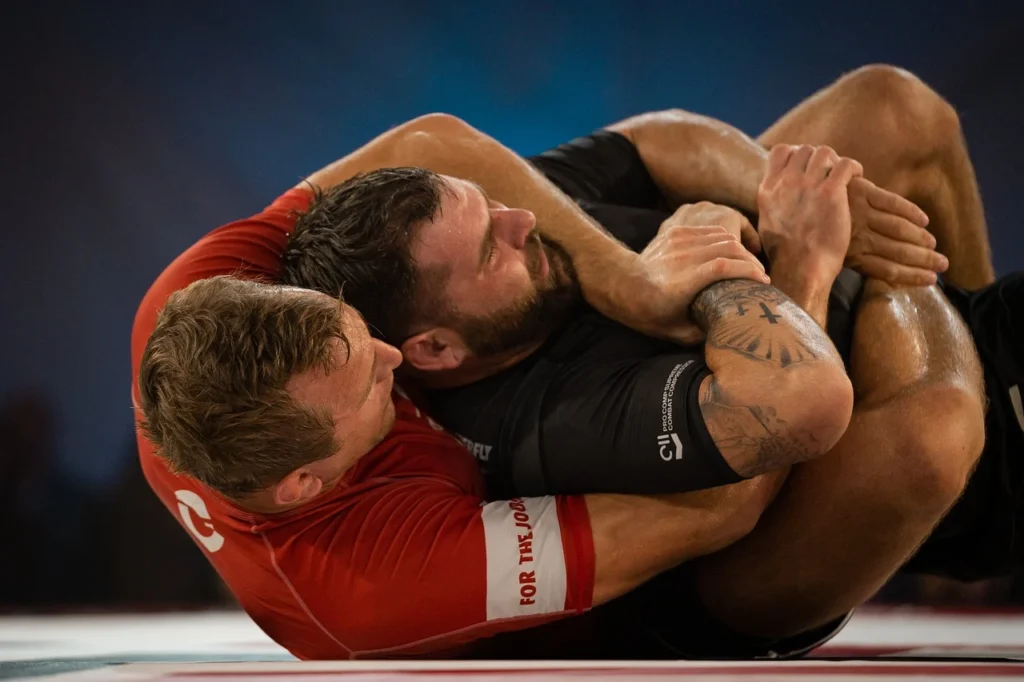
Allowing practitioners to control or neutralize adversaries effectively.
The submission aspect focuses on chokes and holds that compel opponents to yield.
Making it a comprehensive martial art with no rules when it comes to self-defense and military applications.
In modern combat sports, Combat Sambo carve a niche for itself.
With many fighters incorporating its techniques into their training regimens.
The martial art’s adaptability and effectiveness have been demonstrate in various mixed martial arts (MMA) competitions.
Notable practitioners have made significant contributions to its popularity and development.
For instance, the legendary Fedor Emelianenko, often regard as one of the greatest MMA fighters of all time, has a strong background in Combat Sambo.
His success in the ring has showcase the effectiveness of this martial art on a global stage.
Additionally, Combat Sambo has produced other prominent fighters such as Khabib Nurmagomedov.
Whose undefeat record in MMA further attests to the discipline’s prowess.
These athletes have not only excell in their respective sports but have also elevated Combat Sambo’s status as a formidable and respect martial art.
Their achievements underscore the art’s potential for both competitive success and practical self-defense.
Cementing its role in the pantheon of martial arts with no rules.
Dog Brothers Martial Arts: Real-Contact Stick Fighting
Dog Brothers Martial Arts stands as a distinctive system within the realm of unconventional combat traditions.
Primarily due to its commitment to real-contact stick fighting with minimal rules.
Originating in the late 1980s, the Dog Brothers were found by a group of martial artists.
Who sought to explore the practical application of Filipino Martial Arts (FMA) in realistic combat scenarios.
The founders, including Marc “Crafty Dog” Denny and Eric “Top Dog” Knaus, were driven by a desire to test their skills in an environment that close mimic real-life combat.
Leading to the development of their unique training system.
The philosophy of the Dog Brothers can be encapsulate in their mantra, “higher consciousness through harder contact.”
This ideology underscores the belief that facing physical challenges head-on can lead to significant personal growth and deeper self-awareness.
By engaging in high-intensity, full-contact sparring, practitioners are compelled to confront their fears, manage stress, and develop resilience.
This approach contrasts markedly with more traditional martial arts.
Which may prioritize form and technique over the raw experience of combat.
Training within the Dog Brothers Martial Arts system is character by its emphasis on realistic, practical engagement.
Participants often engage in full-contact sparring sessions that include the use of sticks, knives, and empty hands.
These sessions are conducting with minimal protective gear.
Which serves to heighten the authenticity of the experience.
By simulating real combat conditions, practitioners are better prepare for the unpredictability and intensity of actual confrontations.
One of the unique aspects of Dog Brothers Martial Arts is the community-oriente approach to training.
While the sparring sessions are intense, they are conduct in a spirit of mutual respect and camaraderie.
Practitioners are encourage to support each other’s growth and development.
Fostering a collaborative environment that balances the rigors of combat with the values of trust and cooperation.
This blend of physical challenge and community support distinguishes Dog Brothers Martial Arts as a compelling and unconventional path for those seeking to explore the depths of martial arts training.
Lethwei, often referred to as Burmese Bare-Knuckle Boxing, is a martial art that stands out for its raw and unfiltered nature.
Originating from Myanmar, Lethwei has a storied history that dates back centuries, rooted deeply in the country’s cultural heritage.
Unlike many other martial arts that have evolved over time to include more safety regulations
Letwei remains true to its origins, emphasizing minimal rules and a high level of physical contact.
The key techniques of Lethwei set it apart from other combat sports.
Fighters employ a wide array of offensive maneuvers.
Including punches, kicks, elbows, knee strikes, and notably, headbutts.
The inclusion of headbutts is a distinctive feature that adds a unique dimension to the sport.
Making it both unpredictable and highly effective in close-quarters combat.
Also, Elbows and knee is use with precision.
Often targeting vital areas to incapacitate opponents swiftly.
So, In traditional Lethwei, fighters compete without gloves.
Relying solely on their wrapping hands.
Hence,This practice not only enhances the authenticity of the sport but also demands a high level of toughness and resilience from the participants.
The absence of gloves means that the impact of strikes is more pronounce.
Making defense strategies and quick reflexes crucial for survival in the ring.
Today, Lethwei is practicing in both Myanmar and internationally.
So, Modern fighters and enthusiasts embrace the traditional aspects of the sport while also incorporating contemporary training methods.
International competitions have brought Lethwei to a global audience.
Increasing its influence in the martial arts community.
Although, The sport’s brutal effectiveness and minimal rules have garnered respect from martial artists worldwide.
Who appreciate the discipline and skill required to excel in such an unforgiving environment.
Lethwei’s impact on the global martial arts scene is significant.
It challenges conventional notions of combat sports by maintaining its traditional, no-holds-barred approach.
This has not only preserved an important cultural practice but also enriched the diversity of martial arts available to practitioners and enthusiasts around the world.
Catch Wrestling: The Submission Art with No Holds Barred
Firstly, Catch wrestling, a grappling art often referred to as the ‘no holds barred’ discipline.
Boasts a rich history that dates back to the 19th-century British wrestling scene.
This combat sport emerged primarily in Lancashire, England.
Where it gained popularity among coal miners and laborers.
Unlike other traditional wrestling forms, catch wrestling distinguishes itself through its emphasis on submissions and pins.
Encouraging a dynamic and aggressive style of combat.
The evolution of catch wrestling can be traced through its integration into various forms of entertainment and sport.
During the late 1800s, it became a staple of carnivals and fairs.
Where wrestlers would challenge all-comers in open competitions.
These matches were characterized by their lack of standard rules, allowing a wide array of techniques and tactics.
This ‘anything goes’ mentality laid the groundwork for modern hybrid combat sports.
Influencing disciplines such as Brazilian Jiu-Jitsu, mixed martial arts (MMA), and professional wrestling.
Central to catch wrestling are its key techniques.
Which include a combination of submission holds, joint locks, and pinning maneuvers.
Wrestlers are trained to capitalize on their opponents’ vulnerabilities.

Accordingly, Employing methods such as the double wrist lock (commonly known as the kimura in BJJ), the toehold, and the neck crank.
The sport’s training methodology emphasizes conditioning, leverage, and control.
Making it a comprehensive system for practitioners.
Additionally, Training often involves live sparring sessions, drilling specific moves.
And studying the mechanics of human anatomy to enhance efficacy in real-world scenarios.
So, Catch wrestling has produce numerous notable wrestlers who have left an indelible mark on the combat sports world.
Also, Figures such as Karl Gotch, known as the ‘God of Wrestling,’.
And Billy Robinson have been instrumental in popularizing the art.
Their contributions have not only preserved the legacy of catch wrestling but have also influence the techniques and strategies employed in contemporary grappling arts.
So, Today, catch wrestling remains a respected and influential discipline.
Finally, Revered for its raw and unorthodox approach to combat.
The Future and Ethical Considerations of Rule – Free Martial Arts
Nearly, The future of no-rules martial arts is a subject of significant debate within the combat sports community.
As these martial arts continue to evolve.
It is crucial to consider the ethical implications and safety concerns associated with their practice.
Firstly, A key factor in this evolution is the balance between maintaining the effectiveness of these arts and ensuring the health and well-being of practitioners.
No-rules martial arts, by their very nature, prioritize effectiveness and realism over strict adherence to rules.
Finally, This unorthodox approach can offer valuable insights into practical self-defense and combat scenarios.
However, the lack of standard regulations poses significant risks.
Including severe injuries and long-term health issues for participants.
So, As these arts gain more visibility, it becomes imperative to establish guidelines that prioritize safety without compromising the core principles that make them unique.
Ethical considerations also play a vital role in the future of no-rules martial arts.
Also, The potential for exploitation and misuse of these techniques raises questions about responsible training and instruction.
Therefore, Practitioners and instructors must navigate the fine line between teaching effective combat skills and promoting unnecessary violence.
Emphasizing ethical training practices and fostering a culture of respect and responsibility can help mitigate some of these concerns.
Basically, The integration of no-rules martial arts into the broader combat sports landscape presents both challenges and opportunities.
As these arts become more recognized.
So, There is potential for them to influence mainstream disciplines.
Leading to innovations in training methods and competitive formats.
However, this integration must be approach thoughtfully to ensure that the unique characteristics of no-rules martial arts.
Ultimately, the future of no-rules martial arts lies in striking a balance between tradition.
So, adopting ethical training practices and establishing safety guidelines.
Finally, The martial arts community can help these unconventional combat traditions thrive in a way that respects both their historical roots and contemporary needs.





